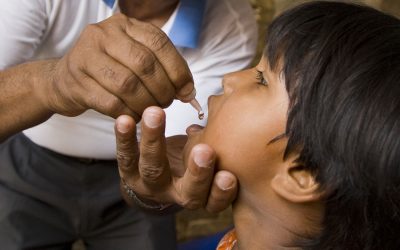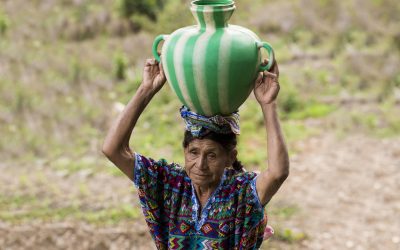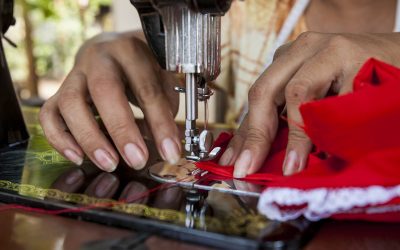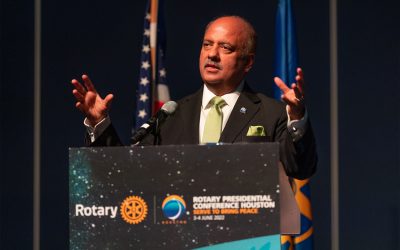Saumarez Park is one of the island’s main social venues and is centrally located in the parish of Castel. The largest public park in Guernsey, it is very popular with families, with many facilities
Camellias and magnolias often grow to be huge in Guernsey, not least in the public gardens of Saumarez Park. And it exotic species were originally planted by a Guernsey diplomat who had served as the British Ambassador to Japan.
With the Guernsey Rotary Club’s centenary a couple of years away, they decided to focus on a project which would have a major community impact.
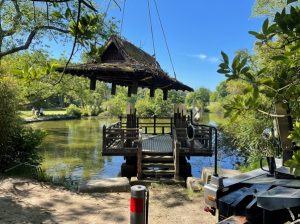

““Many islanders, myself included, have such fond memories of the pavilion and we wanted future generations to be able to make new memories of their own.”
The pavilion was built in 1935 and is well known to many generations within the Guernsey community who have enjoyed using it as a platform to view the pond, its birdlife and the surrounding parkland.
It was restored in 1989 however, over the last few years, its condition has deteriorated and it was considered necessary to close it to the public in 2019.
Not only will the new structure stay true to its Japanese roots, having been designed to mirror the original Japanese architecture, but the person overseeing the project, Rotarian, and Past President Nigel Dorey, also has ties to the Pavilion, having project managed its previous restoration in 1989 when he worked for States of Guernsey Public Works Department.
Having already played a significant part in the pavilion’s history, Nigel said that restoring the structure to its former glory would mean a lot to the people of Guernsey.
Rotary is working in partnership with local tradesmen who will be providing their support and expertise for this community-based project.”
He said: “When deciding how we would celebrate the Rotary club’s centenary, we wanted a project that we knew would mean a lot to the community and this certainly fits the bill.
“Many islanders, myself included, have such fond memories of the pavilion and we wanted future generations to be able to make new memories of their own.
“I am excited to once again see this well-loved structure returned to its former glory and having had past experience in its restoration, want to ensure the rebuild once again creates a sustainable legacy that can be enjoyed for years to come.”
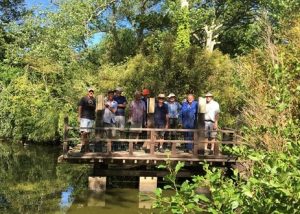

The dismantling of the old structure was recently handled by a group of Rotarians
The park’s Japanese heritage dates back to the late 1860s when Admiral de Saumarez’s great grandson, Baron James St Vincent, took over the estate.
Before returning to the island, he held a diplomatic post in Japan, and during his time in the country, he fell in love with its culture and architecture.
From 1870 to 1937, when he passed away, Baron de Saumarez continually developed the estate, often adding features of Japanese influence.
The most notable of which was the Japanese house and temple which he had transported all the way from Japan.
Although the house unfortunately did not survive the occupation, Baron de Saumarez’ Japanese legacy lived on.
The project is being funded by a District Grant as well as very generous donations from a charitable trust, the local parish, members of the business community and the general public.
Rotary is working in partnership with local tradesmen who will be providing their support and expertise for this community-based project.
We hope to plant a symbolic peace tree which is being nurtured locally from the seedlings of a tree that survived the bombings of Hiroshima in 1945.”
The dismantling of the old structure was recently handled by a group of Rotarians and work has already started to assemble the new structure on site.
It is hoped there will be an official opening of the new structure this autumn.
President-elect Brian Acton added: “This is a fitting and early launch to our centenary celebrations by providing a lasting and sustainable legacy that for the first time ever will be easily accessible to all in the community that we serve.
“The Rotary Club of Guernsey is delighted to lead the project to restore this iconic structure for the benefit of our local community. We are also planning to improve the biodiversity of this development by creating a roosting space for bats.
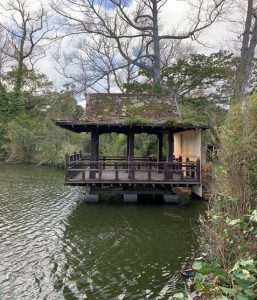

The pavilion was built in 1935 and is well known to many generations within the Guernsey community
“The project not only has strong synergies with the Japanese heritage of the park, but also with Rotary International Peace and Environmental objectives.
“To that end we also hope to plant a symbolic peace tree which is being nurtured locally from the seedlings of a tree that survived the bombings of Hiroshima in 1945.
“Rotary International has distributed the seedlings among its affiliated clubs worldwide as part of its peace initiative.
“The club will also use this location to support future Rotary events including youth programmes around peace, international understanding and goodwill.
“This will support the long term peace and tranquillity of the site and support future Rotary events.
“We owe huge gratitude to all of our supporters and partners who are providing financial contributions and their practical expertise to ensure that this important part of the park and island’s heritage is restored for the long term future.”

